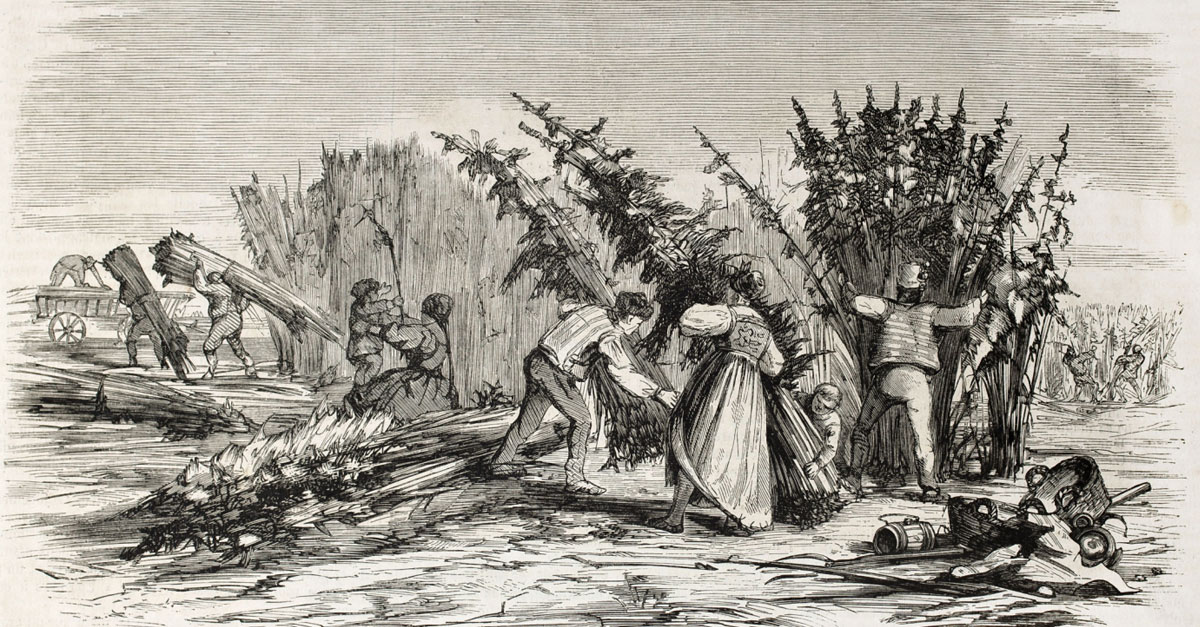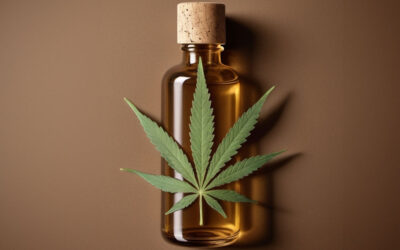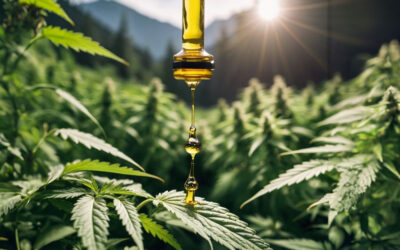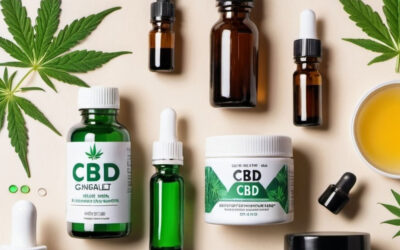The Age of Cannabis – A Brief History of Legality

The Age of Cannabis – A Brief History of Legality
Ancient civilizations worldwide, including the Egyptians, Chinese, Hindus of India, Assyrians, Greeks, Persians, and Romans, have utilized cannabis for its medicinal benefits for centuries. The plant has been prized for millennia for its use as food, medicine, rope, fiber, and its hallucinogenic effects for religious and recreational purposes.
It is said that one of the first crops that humans ever grew was cannabis. Despite this, marijuana has a long history of being stigmatized and eventually outlawed in many locations. But before that, marijuana was one of the most renowned and valuable plants globally, including in the United States.
Let’s look at a timeline of what we know about the age of cannabis on earth and its evolution in America.
Cannabis B.C.
Cannabis first entered Korea and then traveled to India between 2000 and 1000 B.C. It was so highly regarded there that it is included in old Sanskrit poetry: as one of the “five kingdoms of plants […] which liberate us from tension”. Bhang was a beverage created by the Indians around 1,000 B.C. It was made from marijuana, milk, and other substances. It was used as an anti-phlegmatic and anesthetic. India still consumes this beverage today.
The Vendidad, an ancient Persian religious treatise allegedly penned by the prophet Zoroaster, records the usage of the plant for medical purposes in the Middle East circa 700 B.C.
Europe’s Introduction to Cannabis
Napoleon brought marijuana from Egypt to France in 1799. When in Egypt, his men couldn’t get alcohol due to Muslim custom, so they found hashish which was highly prized in Egypt for its hypnotic and analgesic properties. The French soldiers quickly embraced the hashish and returned home with a supply of it. Along with the enjoyed practice of smoking THC, hemp became a significant economic crop in France, and from there, its popularity spread throughout Europe.
Marijuana in Early America
When the English first settled in the United States, they brought hemp and farmed it like any other crop to manufacture clothes, rope, and sails. It was so strongly promoted that in 1619, The Virginia Assembly enacted a law forcing all farmers to produce hemp.
Journal entries by George Washington in 1765 showed much interest in the potential use of medical marijuana. By 1840, marijuana was a common component in many over-the-counter medicines and was extensively recognized in conventional medicine. Marijuana was included in the U.S. Pharmacopeia ten years later and employed as a therapy for pain, opioid withdrawal symptoms, appetite, and nausea.
U.S. Cannabis Prohibition
At the turn of the 20th century, cannabis use was still widely accepted, but regulation was on the horizon. The Food and Drug Act of 1904 mandated that cannabis must be adequately labeled on any product.
Then, In the 1920s, recreational marijuana usage was introduced by Mexican immigrants. Because of its association with Mexican immigration, anti-drug activists referred to cannabis as the “Mexican Menace.” By 1925, 26 states had passed prohibition laws, and by 1936, all states had some form of marijuana regulation laws.
In 1942 marijuana was excluded from the U.S. Pharmacopeia, causing medical professionals to doubt its therapeutic value. Then things drastically changed in 1952 with The Boggs Act, which made cannabis illegal and imposed punishment for possession.
A cannabis revolution started in the 1960s when President John F. Kennedy and Vice President Lyndon Johnson ordered studies that revealed marijuana did not cause violence or encourage the use of other more harmful substances. However, this newfound acceptance (and widespread open usage) of marijuana was halted in 1970 with the Controlled Substances Act labeling it a Schedule 1 drug.
While some states (Oregon, Maine, and Alaska) decriminalized cannabis use and many Americans refused to put down the pipe, 1982 brought on the “Just Say No” campaign, and 1989 birthed the “new war on drugs thanks to Ronald Raegan. For the next decade, marijuana was considered as dangerous (and illegal) as heroin and cocaine.
U.S. Cannabis Legalization
Throughout the prohibition years, California kept cannabis in its heart, and in 1996, proposition 215 was adopted by California voters, legalizing marijuana for medical purposes on a state level. Despite the Clinton administration years, more and more states legalized medical marijuana each year. At the same time, recreational cannabis use spread like wildfire, with teens and adults sparking up all over the United States.
Then 2012 came and changed everything. Colorado and Washington legalized the recreational use of cannabis. So if you were a resident of these states, you could legally possess and use marijuana within your home. Two years later, Alaska, Oregon, and Washington, DC, followed suit. In 2016, five more states legalized recreational cannabis, including California.
Today, 21 U.S. states have legalized recreational cannabis, while 75% of the U.S. allows medical marijuana use. Americans have gone back to growing personal cannabis plants, and businesses are growing large hemp crops. While we still have far to go, we seem to be coming back full circle to the early colonization days of utilizing hemp and freedom from cannabis prohibition.
Latest GreenCore News
CBGA: The Mother of All Cannabinoids
CBGA: The Mother of All Cannabinoids CBGA, often called the "mother of all cannabinoids," is gaining significant attention. This foundational cannabinoid is showing promise in reducing seizures and treating conditions like insomnia and chronic pain. Recently, its...
Cannabis Concentrate Spotlight: Rick Simpson Oil
Cannabis Concentrate Spotlight: Rick Simpson Oil Rick Simpson Oil has become a cornerstone in the world of cannabis products. Renowned for its versatility, this concentrate offers a multitude of benefits for both medical patients and recreational users.In this blog,...
CBD 101: Properties, Production, and Potential
CBD 101: Properties, Production, and Potential CBD has rapidly evolved from a little-known compound to a household term. But while it has become a ubiquitous term, many remain unclear on what cannabidiol actually is. In this blog, Green Core Specialty Insurance...
Contact Us
Office Location
1600 Golf Road, Suite 1200
Rolling Meadows, IL 60008
Office Hours
M-F: 8am - 6pm
Phone
847-201-4600



